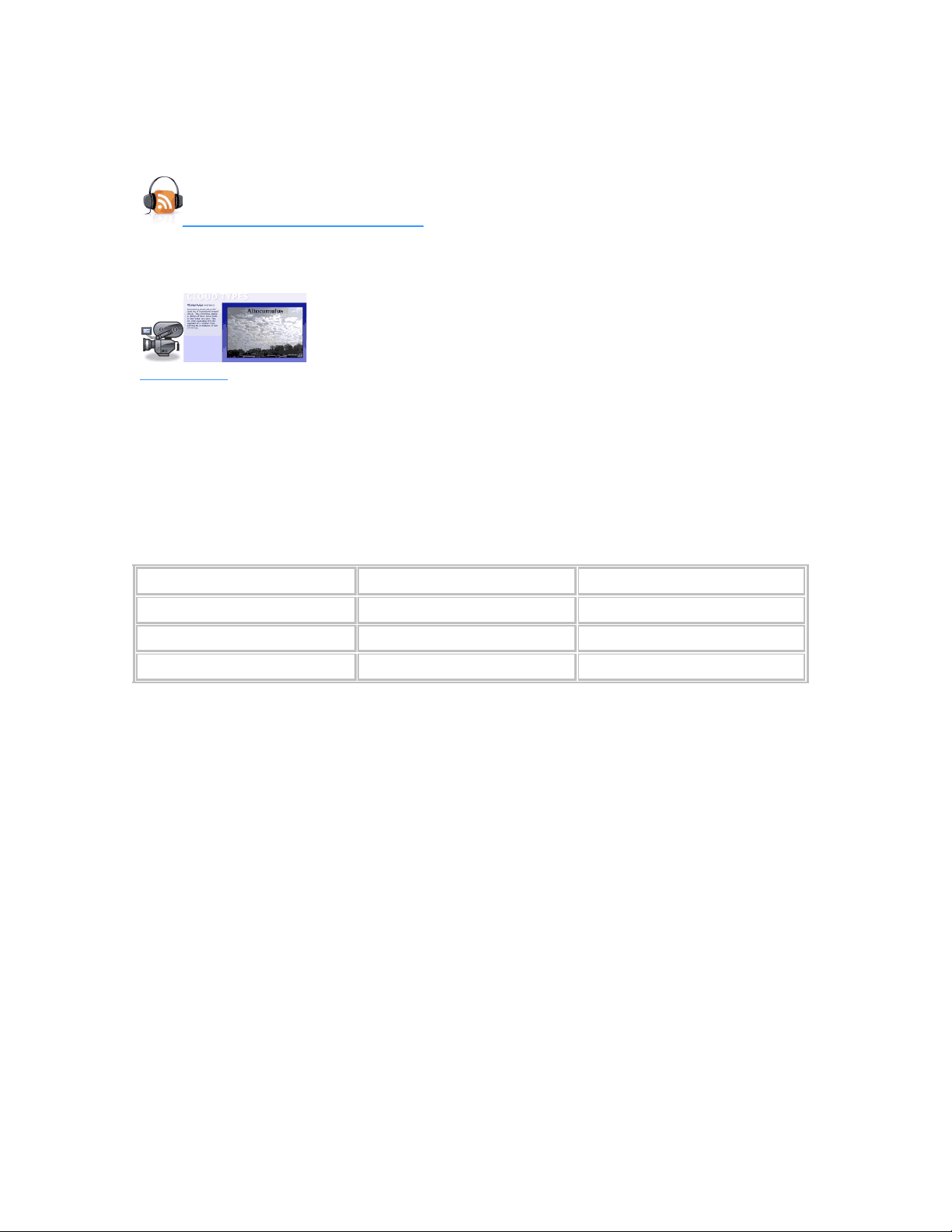



Study with the several resources on Docsity

Earn points by helping other students or get them with a premium plan


Prepare for your exams
Study with the several resources on Docsity

Earn points to download
Earn points by helping other students or get them with a premium plan
Community
Ask the community for help and clear up your study doubts
Discover the best universities in your country according to Docsity users
Free resources
Download our free guides on studying techniques, anxiety management strategies, and thesis advice from Docsity tutors
Material Type: Notes; Professor: Francek; Class: Physical Geography; Subject: Geography; University: Central Michigan University; Term: Unknown 1989;
Typology: Study notes
1 / 2

This page cannot be seen from the preview
Don't miss anything!


Study Guide for McKnight and Hess Text: Chapter 7 – Transient Atmospheric Flows and Disturbances Cities Create their own Weather In what three ways to cities create conditions favorable for downwind precipitation? Cloud Types What are the major cloud types? How are they categorized? What clues help you identify the type of clouds at each level? What can clouds tell you about atmospheric conditions and the weather? Key Term List air mass mT mP cT cP cold front warm front occluded front front cyclogenesis stationary front source region Key Question List